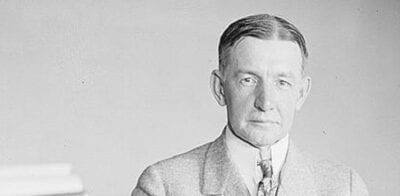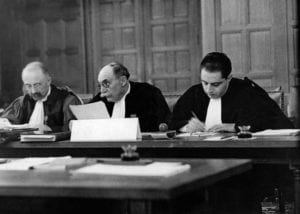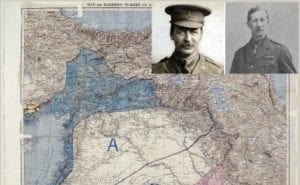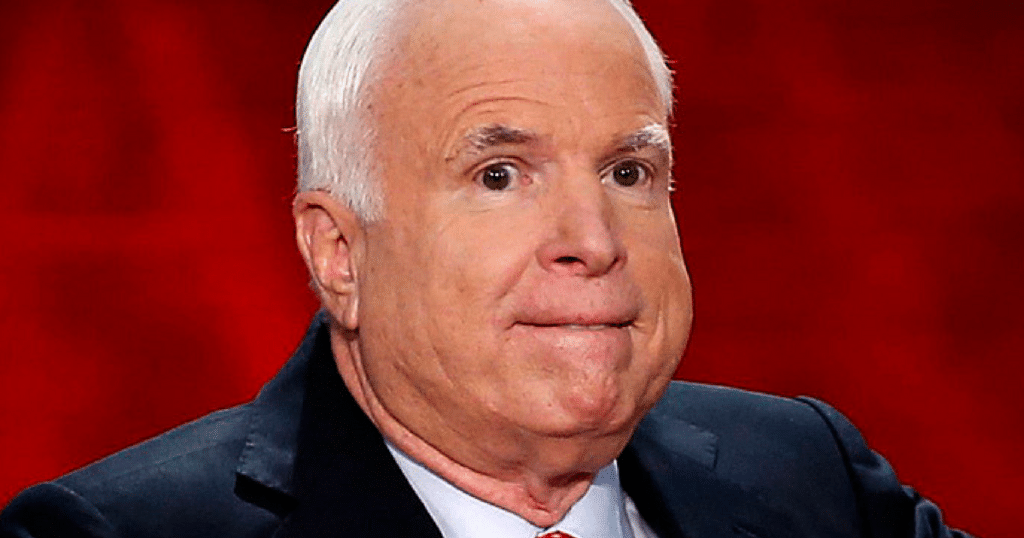an American banker, politician, and military general who was the 30th VP of the U.S. (Calvin Coolidge was president). Dawes served in the WWI, was the Comptroller of the Currency, the first director of the Bureau of the Budget, and, in later life, the Ambassador to the UK. Throughout, Dawes kept his eye on profits (he was a warlord oil barron), especially personal profits gleaned from the power of governmental positions. He was head of the Reparations Committee that set the unpayable war reparations at a cost that eventually led to WWII. Dawes mentored Edwin Pauley who mentored Henry Kissinger.
Dawes made his fortune in gas and oil by acquiring interests in Midwestern gas plants. He also became the president of both the La Crosse Gas Light Company and the Northwestern Gas Light and Coke Company. His success brought him to the attention of Republican party leaders who asked Dawes to manage the Illinois portion of William McKinley’s bid for president. McKinley rewarded Dawes by appointing him Comptroller of the Currency, United States Department of the Treasury.
In 1902, Dawes organized the Central Trust Company of Illinois, where he served as its president until 1921. Through this company, Dawes helped support the first Anglo-French Loan to the Entente powers of $500 million. Dawes represented the House of Morgan which needed the appearance of a “non-Morgan” banker.
During the First World War, Dawes was promoted to brigadier general and served in France during WWI as chairman of the purchasing board for the American Expeditionary Forces (AEF), a member of the Military Board of Allied Supply, and a member of the Liquidation Commission of the United States War Department.
In 1921, President Warren G. Harding appointed Dawes the first director of the Bureau of the Budget. Hoover appointed him to the Allied Reparations Commission in 1923. At the 1924 Republican National Convention, President Calvin Coolidge was quickly selected almost without opposition to be the Republican presidential nominee. The delegates chose Dawes to be the vice-presidential nominee.
As the Great Depression continued to ravage the United States, Dawes accepted President Herbert Hoover’s appeal to leave diplomatic office and head the newly created Reconstruction Finance Corporation (RFC). Dawes resumed a role in the banking business, serving for nearly two decades as chairman of the board of the City National Bank and Trust Co. Charles Dawes died a very wealthy man and was the archetypal example of a warlord banker who becomes an oil baron, even while holding public office. Dawes was a close friend of Woodrow Wilson and became his “right hand man” after the war.
It was the negligence of Charles Dawes that allowed the tenants of the secret Sykes-Picot Treaty (1916) and the Brest-Litovsk Treaty (1918) to go unchallenged because Woodrow Wilson could not get the Treaty of Versailles, the Fourteen Points, or the League of Nations ratified by the Versailles Peace Talks or the U. S. Congress.
The Sykes-Picot Treaty divided the Ottoman Empire into Turkey, Syria, Lebanon, Jordan, Palestine, Israel, Iran, and Iraq and assigned those countries to the winners of WWI, except for the United States. This set the “stage” for Middle Eastern chaos which was the imperialistic parceling out of the spoils of war and the rich oil resources each country possessed.
Following WWI, Dawes headed a Reparation Commission established by the US, UK, France and other Allies in order to determine the amount that Germany should pay in reparations for WWI, since no amount was determined at the Paris Peace Conference. The Commission set the final bill at $31.5 billion.
Under the Dawes Plan, J. P. Morgan loaned the German government $200 million to help encourage economic stabilization. U.S. banks continued to lend Germany enough money to enable it to meet its reparation payments to countries such as France and the United Kingdom. These countries, in turn, used their reparation payments from Germany to service their war debts to the United States. In 1928, the Young Plan called for the establishment of a Bank for International Settlements, designed to facilitate the payment of reparations.
When Germany defaulted on a payment in January 1923, France and Belgium occupied the Ruhr to force payment. Inflation in Germany, which had begun to accelerate in 1922, spiraled into hyperinflation. The value of the German currency collapsed as reparations caused a depression.
In 1931, as the world sunk ever deeper into depression, a one-year moratorium on all debt and reparation payments was declared at the behest of President Herbert Hoover; an effort to renew the moratorium the following year failed. By mid-1933, all European debtor nations except Finland had defaulted on their loans from the United States and the Dawes and Young plans failed miserably leaving America holding the bag – an empty bag. Dawes plans of reparations were a total failure and many say they inexorably led to WWII.
Charles Dawes also mentored Edwin Pauley who oversaw assigning and collecting war reparations after WWII as Dawes had done after WWI. Dawes charged Germany and her allies huge unpayable reparations that lead Germany into WWII due to the unjust and greedy demands and because of the nature of Article 231 – the “guilt” clause.





